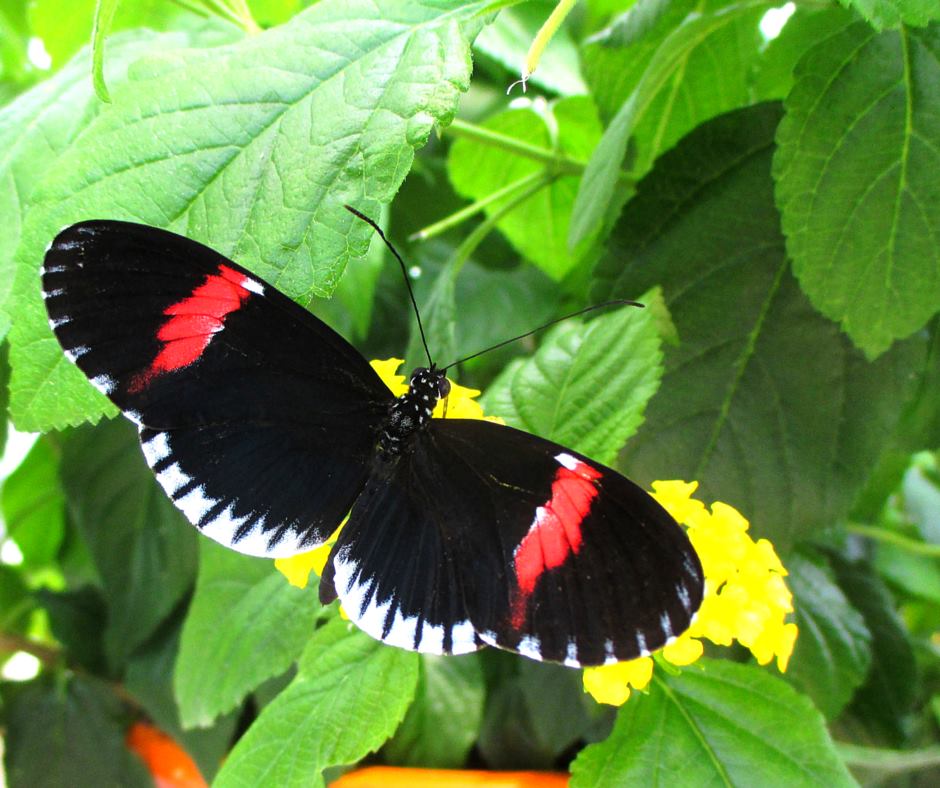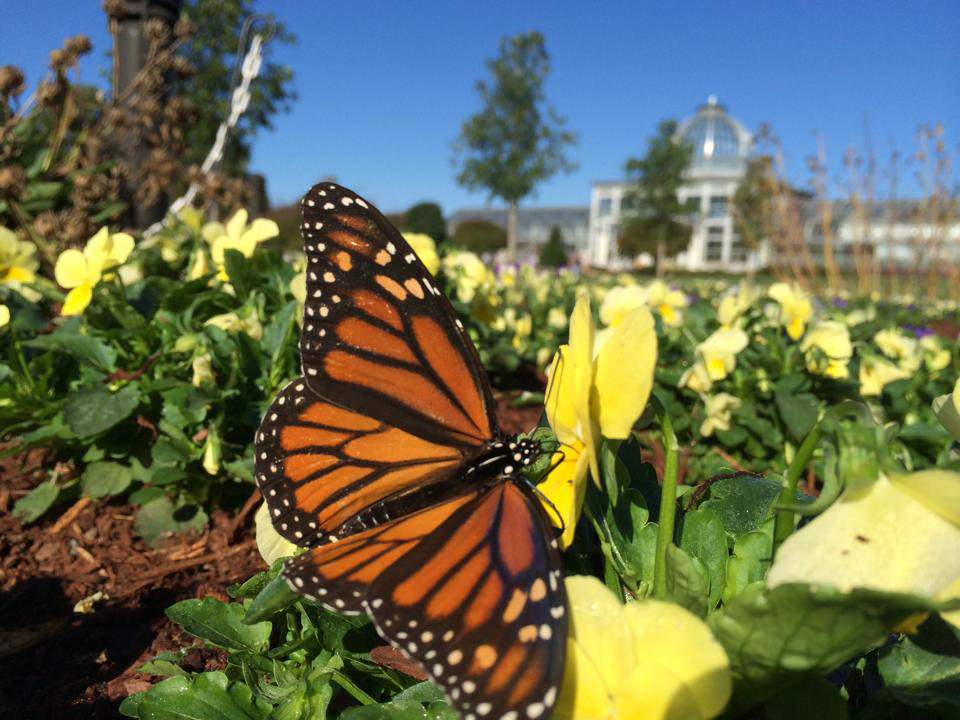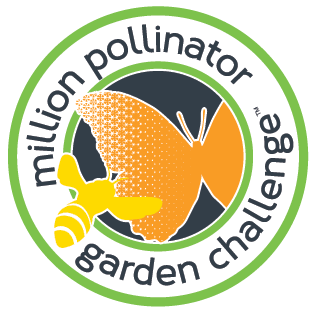Thank You Butterflies!
This week, June 15 – 21, is National Pollinator Week. Pollinators are essential to our food supply and natural environment. Did you know that one in three bites of everything we eat is thanks to a pollinator? One way you can help pollinators is by planting host and nectar plants for native butterflies and bees! Other pollinators include birds and bats. President Obama and First Lady Michelle Obama have been working to educate the public about pollinators. The White House released a National Strategy to Promote Health of Honey Bees and Other Pollinators, in May. Earlier this month President Obama launched his Million Pollinator Garden Challenge too. We are happy to report that we’ve signed on as a Pollinator Garden. Our regular visitors and Garden Members know that Lewis Ginter Botanical Garden is a great place to spot monarch butterflies in summer and early fall, and it’s a great time to spot all kinds of pollinators — bees, butterflies, moths, bats and birds — at any time of year. Even as a home gardener, you can join as a pollinator garden, post a photo and be added to the map.
Pollinator gardens should:
- use plants that provide nectar and pollen sources
- provide a water source
- be situated in sunny areas with wind breaks
- create large “pollinator targets” of native or non-invasive plants
- establish continuous bloom throughout the growing season
- eliminate or minimize the impact of pesticides.
Anyone can help.
If you’d like to learn more about pollinators, visiting our indoor butterflies exhibit, Butterflies LIVE!, is a great way to learn. Our butterfly curators can talk to you about different kinds of butterflies and why they are so important to our ecosystem. Lewis Ginter Botanical Garden’s Children’s Garden is also a Monarch Watch Certified Monarch Waystation. This means that we provide milkweed, nectar and shelter for monarchs in an effort to conserve and protect them.



